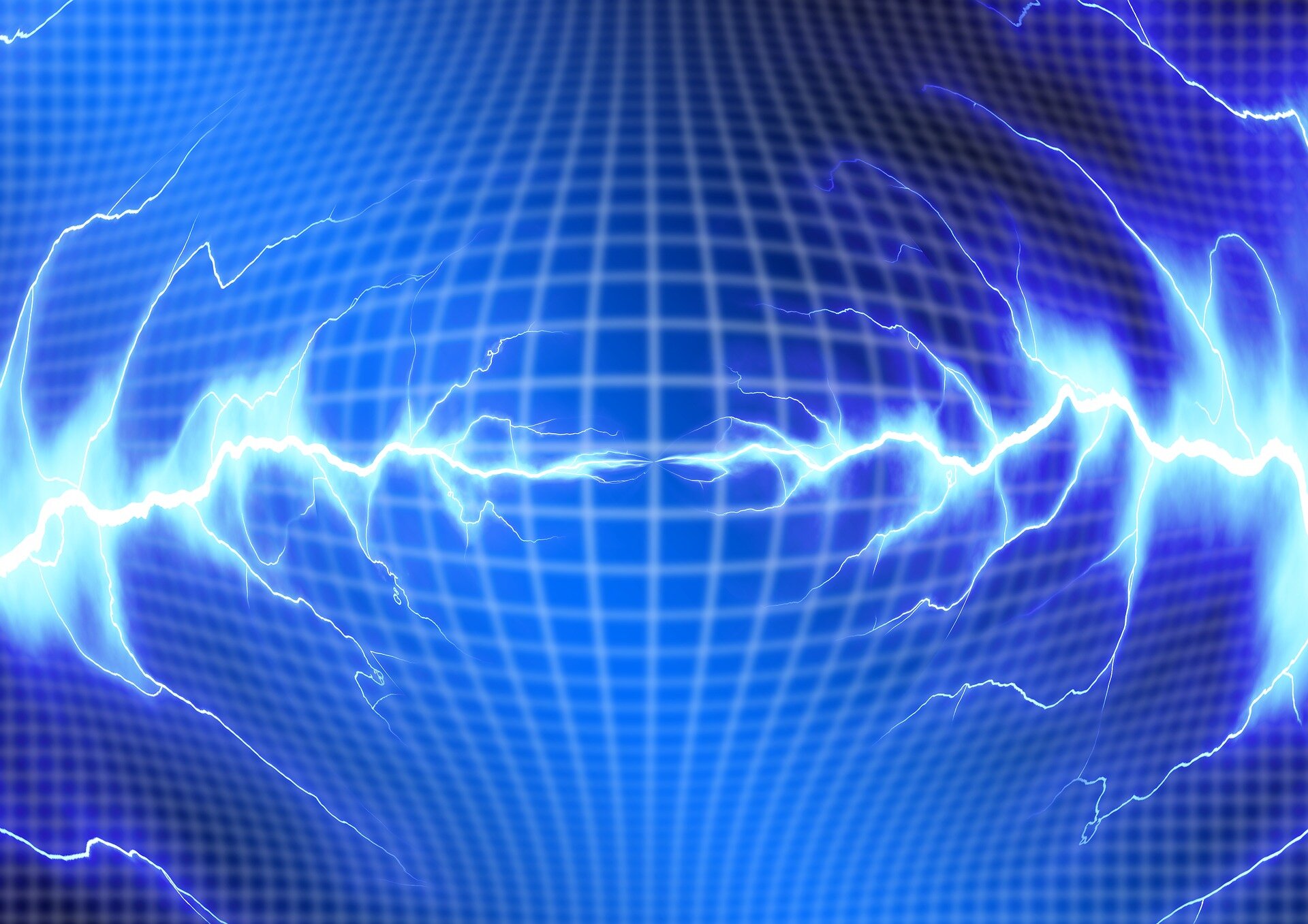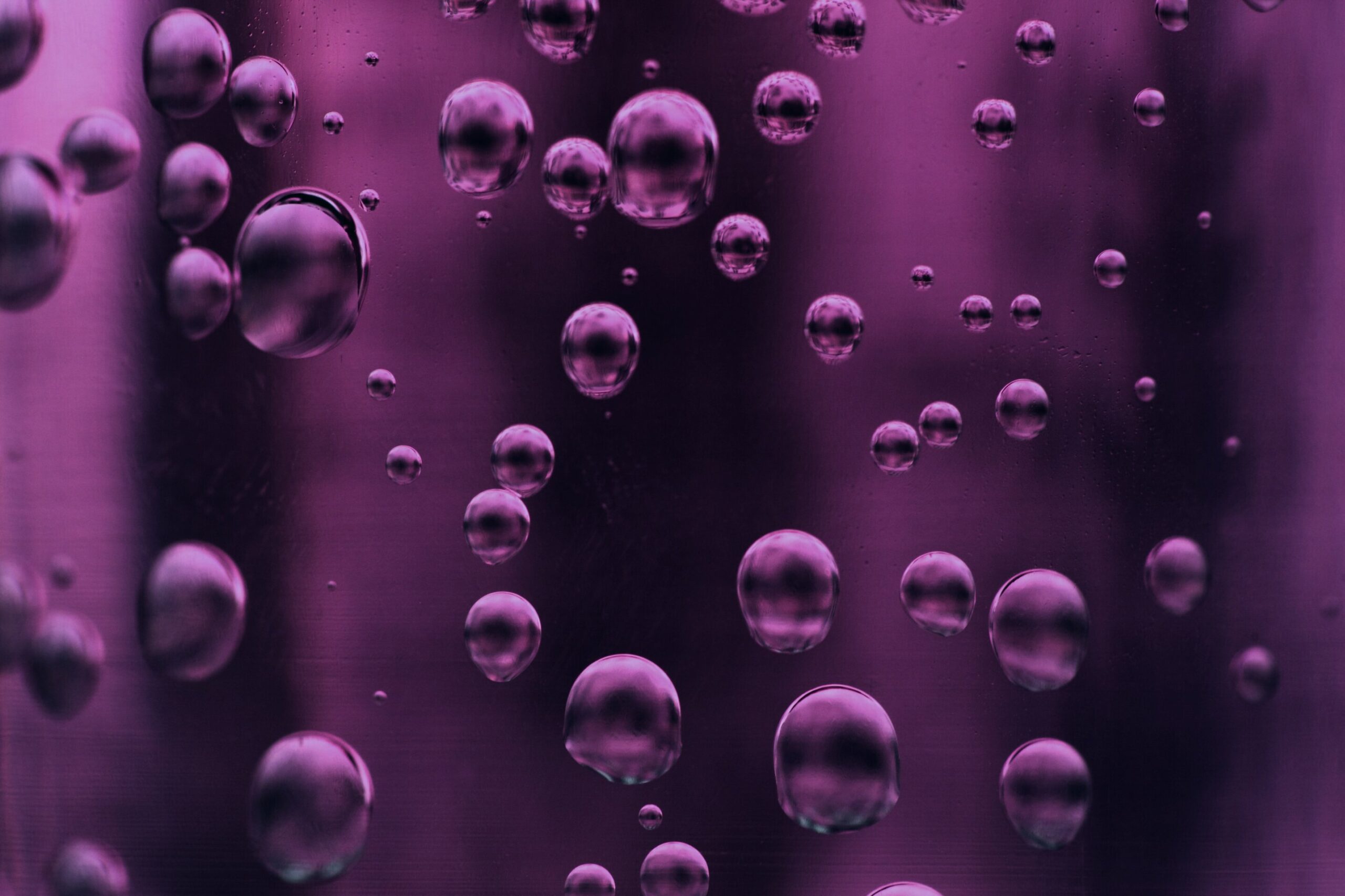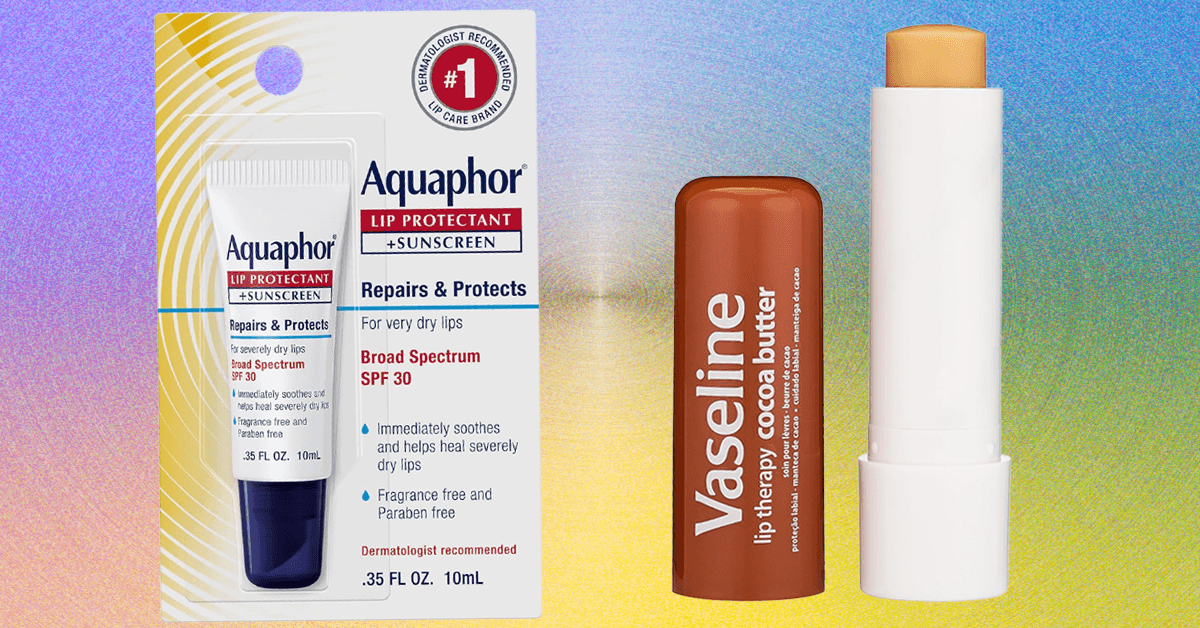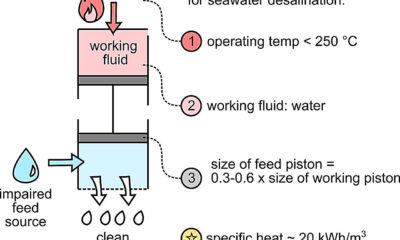Tech
Newsom touts California’s record battery energy gains at UN climate conference

California added 1,200 megawatts of battery energy storage to its electrical grid over the last six months, further building on its nation-leading capacity and pushing the state closer to its clean energy goals, officials said on Nov. 13.
Gov. Gavin Newsom announced the latest milestone while making the rounds at the United Nations Conference of the Parties climate summit in Belém, Brazil, where he is touting the state’s international climate leadership amid the notable absence of officials from the Trump administration.
With the latest additions, the Golden State has reached 16,942 megawatts of available battery storage—about one-third of the estimated capacity needed to reach its goal of 100% clean energy by 2045.
Battery energy storage systems capture excess wind and solar power and push it onto the grid during hours of peak demand, or when the sun isn’t shining or the wind isn’t blowing.
Newsom used the announcement as an opportunity to swipe at President Donald Trump, who has focused heavily on the growth of fossil fuels such as oil, gas and coal while simultaneously slashing funding for renewable energy projects in California and across the U.S.
“Donald Trump’s reckless energy agenda puts China first and America last—letting Beijing seize the global clean energy economy and the good-paying jobs, manufacturing, and economic prosperity that come with it,” the governor said in a statement. “California won’t stand by and watch.”
While China continues to burn fossil fuels, the country is breaking global records with its investments in renewable energy and battery storage. In 2024, China commissioned 37 gigawatts of battery storage, more than the combined additions of the U.S. and Europe, according to the energy think tank Ember.
But battery storage has also been transformative for California, helping the state avoid rolling blackouts and urgent calls for energy conservation, known as Flex Alerts, in the last several years. California now has more installed battery capacity than any other jurisdiction on the planet except for China, according to Newsom.
“We now dominate,” he said at a climate investors event in São Paulo before heading to Belém.
Experts say the state’s gains are impressive. The U.S. has about 37 gigawatts of total operating battery capacity, nearly half of which is in California, said Maia Leroy, founder of the energy consulting firm Lumenergy LLC.
“California is claiming a huge victory here,” Leroy said. She said the state’s capacity of 16,942 megawatts—or 16.9 gigawatts—is enough to power about 13 million homes for four hours, the typical duration of a battery.
The surge in storage is meeting with even faster growth of solar in the state. Together, solar plus batteries have eliminated more than 37% of fossil gas use on the state’s main grid, the California Independent System Operator, in just the last two years, according to Mark Z. Jacobson, a professor of civil and environmental engineering at Stanford University.
“That is an enormous amount of batteries,” Jacobson said.
Energy storage is one of many ways California is hoping to stand out at this year’s COP summit. Representatives from the state—including Newsom, California Natural Resources Secretary Wade Crowfoot and Air Resources Board Chair Lauren Sanchez—have also entered into several partnerships and agreements with other regions and nations this week.
Among them is the Global Energy Storage and Grids Pledge, an initiative started at last year’s COP conference that sets a global target of deploying 1,500 gigawatts of energy storage and building about 15.5 million miles of new transmission infrastructure by 2030. California became the first subnational entity to join the pledge, which has been backed by more than 100 countries and organizations.
The pledge is a good start, but the world needs more than just storage and transmission, Jacobson said.
“California is moving faster than the U.S. as a whole, but to really make inroads, California needs to also electrify transport, industry and buildings as fast as it is building batteries, while growing offshore wind, utility solar, rooftop solar and enhanced geothermal,” he said.
The state is working toward those goals, including pushing forward with a major offshore wind project that lost nearly half a billion dollars in federal funding from the Trump administration this year.
Other agreements signed at COP so far this year include joint partnerships and memoranda of understanding with Colombia, Chile, Nigeria, the Brazilian state of Pará and the German state of Baden-Württemberg on issues such as wildfire prevention and response, sustainable urban transportation and greenhouse gas emission reductions.
2025 Los Angeles Times. Distributed by Tribune Content Agency, LLC.
Citation:
Newsom touts California’s record battery energy gains at UN climate conference (2025, November 15)
retrieved 15 November 2025
from https://techxplore.com/news/2025-11-newsom-touts-california-battery-energy.html
This document is subject to copyright. Apart from any fair dealing for the purpose of private study or research, no
part may be reproduced without the written permission. The content is provided for information purposes only.
Tech
New carbon capture method uses water and pressure to remove CO₂ from emissions at half current costs

A new, low-cost method for capturing carbon dioxide emissions from power plants and industrial facilities relies on a simple physical phenomenon—the same one that causes bubbles to fizz when popping a bottle of Champagne or cracking open a bottle of seltzer.
The process, called pressure-induced carbon capture (PICC), uses water and pressure to pull carbon dioxide out of exhaust gases before it reaches the atmosphere, offering a cleaner and far less expensive alternative to traditional chemical methods.
Co-inventors Dr. Mark Holtzapple, professor of chemical engineering at Texas A&M University, and Jonathan Feinstein of ExcelThermic Enterprises have filed patents for licensing the technology to power plants, hydrogen facilities, cement kilns, steel blast furnaces and other industrial emitters worldwide. Holtzapple said PICC is a practical solution to an urgent problem because fossil fuel combustion—which releases greenhouse gases into the atmosphere—remains an important component of the global energy mix.
“Our invention is a cost-effective way to address one of the greatest challenges facing humanity,” Holtzapple said. “We can capture carbon dioxide from flue gas using only water and pressure, which makes the process simple, clean and less expensive than competing technologies.”
Traditional carbon capture systems rely on strong chemicals called amines that bind with carbon dioxide to remove it from exhaust gases. Amines struggle to pull more than 90% of the carbon dioxide out of the flue gas, Holtzapple said. Also, the amines are expensive and degrade when exposed to flue gases. Furthermore, permitting 10% of the carbon dioxide to escape into the environment is no longer tenable, he said.
In contrast, PICC uses physical absorption. Because PICC uses no chemical bonds, carbon dioxide pops back out of the water at reduced pressures just as easily as it dissolves in water at high pressure.
“Everybody knows that high-pressure carbon dioxide dissolves in water, and that when you open a bottle of Coca-Cola or beer you see that carbon dioxide bubble back out,” Holtzapple said. Once released, the carbon dioxide can be safely stored or utilized.
How the system works
In operation, flue gas from combusting coal, natural gas or biomass—like forest waste, crop residues or municipal solid waste—is first cooled and compressed. The high-pressure gas is then piped into an absorption column, where cold water flows downward while the gas moves upward through a structured packing that maximizes contact between the two streams. As the nearly clean gas reaches the top of the column, it contacts fresh water entering at the top. There, the last traces of carbon dioxide dissolve into the water, with clean gas releasing into the environment.
The water exiting the bottom of the column contains dissolved carbon dioxide and is transferred to a series of vessels, each operating at lower and lower pressures, where the carbon dioxide progressively bubbles out. Holtzapple said the released carbon dioxide is then ready for compression and injection into underground geological formations, such as saline aquifers, where it is permanently stored.
A lower cost path to near-total capture
Economic analyses show that PICC can capture and compress 99% of carbon dioxide emissions for $26 per metric ton. Other current technologies capture about 90% and cost $50 to $100 per metric ton, Holtzapple said.
Additionally, by adding a small amount of lime—an alkali—to the water, PICC captures 100% of carbon dioxide for an average cost less than $28 per metric ton. At that level of capture, even the carbon dioxide from the combustion air is removed, Holtzapple said.
“Without adding carbon dioxide to the atmosphere, PICC allows us to use abundant fossil fuels on which our civilization is built. Furthermore, by coupling PICC to biomass combustion, we can remove carbon dioxide from the atmosphere cost effectively,” he said.
Citation:
New carbon capture method uses water and pressure to remove CO₂ from emissions at half current costs (2025, November 15)
retrieved 15 November 2025
from https://techxplore.com/news/2025-11-carbon-capture-method-pressure-emissions.html
This document is subject to copyright. Apart from any fair dealing for the purpose of private study or research, no
part may be reproduced without the written permission. The content is provided for information purposes only.
Tech
These Are the Best TVs I’ve Seen This Year

Honorable Mentions
There are so many good TVs available, we can’t add them all to our top list. Here are some great options that either missed the cut or got knocked off our top list by their replacements.
Hisense U8QG: The U8QG is a great buy at its lowest price (around $1,000 for a 65-inch model) and a solid pick above that price, especially if you want eye-searing brightness above all else. I noticed some SDR color accuracy issues (some images looked way too red) and found it difficult to keep it from wildly over-brightening some content. Thankfully, you can always turn it down, and its nuclear power plant is paired with excellent black levels, deep contrast, and plenty of features. I actually prefer last year’s similarly punchy U8N, but it’s getting harder to find in stock.
TCL QM7K (2025): I’ve had a love/hate relationship with the QM7K. Part of TCL’s new Precise Dimming series, its opulent black levels and contrast reach toward OLED heights, matched by good brightness for some spectacular moments. The problem? My review model’s colors were off-kilter, with an odd green tint in select black and grayscale content. Thankfully, I confirmed that TCL’s latest firmware update fixed the issue. The TV’s picture processing and colors still don’t catch premium TVs, and this is the second year in a row I’ve found a troubling performance issue with the QM7. You shouldn’t buy it at full price, but if you can get the 65-inch model for $1,000 or less, it’s a pretty enticing choice.
Samsung S95D: Samsung’s previous S95 matte-screen marvel is still a fabulous QD-OLED TV that would be adored in virtually any TV room. We like the newer version better, which begs fewer compromises when it comes to deep black levels, but if you can find the previous version on a killer deal, you won’t be sorry.
Hisense U7N: If you’re after a TV at similar pricing to the QM6K but with some extra eye tingle, last year’s Hisense U7N offers a serious brightness boost over our top pick and still ranks among our favorite options for your money. Its blooming control and screen uniformity aren’t as refined as the QM6K’s but it’s got plenty of features, including great gaming credentials and a streamlined Google TV interface. It’s still a great buy while stock lasts, especially at $700 or less.
Sony A95L: Sony finally replaced this sweet screen with the 2025 Bravia 8 II, which offers similarly incredible picture processing and upscaling alongside enhanced colors and higher HDR brightness. That shouldn’t deter you from considering the A95L (9/10, WIRED Recommends) at a lower price. With fabulously immersive image quality and an intuitive Google TV interface, this is a premium package that’s very enticing on a good sale.
Sony Bravia 7: The Bravia 7 is a gorgeous display, offering brilliant brightness, naturalistic colors, and suave finesse in the subtle details. Its biggest knock is very poor off-axis viewing, which could be tough to swallow at its high list price. Otherwise, it’s worth considering for fans of that Sony glow, especially since Sony seems to be discounting its best QLED TVs much more liberally than its OLED models.
Other TVs We’ve Tested
Samsung The Frame Pro: I put the Frame Pro through our full review process and came away both in limbo due to software issues and (so far) unimpressed with the performance. The matte screen looks slick when displaying art, especially if you purchase one of the add-on frames (a frame for the Frame?) from Samsung or Deco TV Frames. Picture performance was otherwise middling at best. It’s much brighter than the traditional Frame, and the colors pop, but its edge-lit mini LED system does not look good with dark 4K HDR content, even in the day. Moreover, I had trouble with its very sluggish operating system (which others have reported) and stuttering Blu-ray playback. We’re awaiting a second model, which we hope relieves the software issues, but steer clear for now.
TCL QM7: There’s only one thing holding back 2024’s beautifully balanced QM7: a software glitch. During my review, I experienced an issue where adjusting SDR backlight levels affected HDR, which can lead to severe brightness limitations. While TCL fixed the issue in a firmware update for me, I never got confirmation on a broader OTA fix. Most folks probably won’t have this issue, so the QM7 is still worth considering, but make sure and check it before throwing out the box.
TVs We’re Testing Next
Samsung S90F: The follow-up to our favorite gaming TV could be among the best OLED values of the season (it usually is). I’ll be long-term testing it over several weeks, so I should find every nook and cranny for an in-depth evaluation.
Power up with unlimited access to WIRED. Get best-in-class reporting and exclusive subscriber content that’s too important to ignore. Subscribe Today.
Tech
I Tested 30+ Lip Balms and These Are the Top 5 I Swear By

Compare Top 5 Lip Balms
Honorable Mentions
Photograph: Boutayna Chokrane
Eos 24H Moisture Super Balm for $6: I’ve been a fan of Eos’s egg-shaped balms since middle school. The 24H Moisture Super Balm feels like the grown-up version. There are some solid ingredients like shea butter, avocado oil, and castor seed oil. It’s also free of parabens, phthalates, silicones, and synthetic dyes. It’s glossy, cushiony, and comes in delicious scents like Coconut Milk, Mango Melonade, and Watermelon Frosé. The one catch is that it’s not fragrance-free, so those with sensitive lips may not love it. The texture is also sticky, meaning your hair will find its way onto your mouth on a breezy day. And despite the 24-hour moisture claim, expect to reapply every hour or two.
Burt’s Bees Beeswax Lip Balm for $4: If you’re ingredient-conscious, Burt’s Bees has probably been in your tote at some point. The original formula blends beeswax, coconut oil, sunflower seed oil, and peppermint oil. There’s no petroleum or parabens, and you can find it just about everywhere. That said, the beeswax forms a solid barrier but is not the most hydrating, especially during the dead of winter. The balm coats but doesn’t penetrate, which means it won’t do much for lips that are already cracked. The peppermint oil can also be a little too spicy for sensitive lips. Still, if you’re in a pinch and standing in front of the CVS self-checkout, it’s a smarter purchase than Blistex (more on that later).
Glossier Balm Dotcom for $16: The Glossier Balm Dotcom walked so the Laneige Lip Sleeping Mask could run. It’s a multipurpose salve that blends lanolin, castor oil, and beeswax for ultimate moisture retention. Plus, it comes in a handful of sheer tints that play well with no-makeup makeup days. But the thick, waxy texture can feel a bit clumpy, especially if you’re layering over flaky lips.
Photograph: Boutayna Chokrane
Goop Beauty Nourishing Lip Repair Mask for $30: This buttery lip mask from Goop is loaded with ceramides to help restore your lip barrier, along with fig seed oil and acai fruit that smells just as tropical as it sounds. While it’s free from silicones, parabens, and synthetic fragrances, those botanical oils and fruit extracts can still trigger a reaction. Patch test first. Also, at $30 for just 0.3 fluid ounces, it’s not the most cost-effective balm on my list.
Omorovicza Budapest Perfecting Lip Balm for $46: Omorovicza’s Perfecting Lip Balm’s texture leans gritty, almost like a lip polish or a micro-exfoliator. There are some goodies in here, like hyaluronic acid and omega fatty acids. But, there are also some unnecessary (potentially irritating) extras—eucalyptus oil, perfume, and benzyl alcohol.
Avoid These Lip Balms
Nivea Dewy Lip Care with Hyaluronic Acid: Nivea’s Dewy Lip Care with Hyaluronic Acid is packed with emollients, humectants, and antioxidants—like shea butter, glycerin, and vitamin E (to name a few)—that sound promising. Unfortunately, there are also a couple of unnecessary additives, particularly geranoil fragrance and “flavor,” which could include any mix of synthetic or natural compounds. Nivea’s tinted balms aren’t much better; they leave a greasy film and rely on synthetic pigments for shimmer and color. There are many better balms available that provide lasting hydration without the excessive shine.
Blistex Lip Medex: It gives you that instant tingle thanks to menthol and camphor, plus a cocktail of synthetic flavors and fragrances, but that sting is a red flag. A general note: “Medicated” lip balms often do more harm than good.
Carmex Classic Lip Balm: For similar reasons to Blistex, skip Carmex. It contains camphor and benzocaine, which are ingredients that can irritate the skin and make cracked lips worse over time.
Frequently Asked Questions
What Causes Chapped Lips?
There are a lot of triggers, and here are some of the most common causes of chapped lips:
- Cold weather and dry air: Both cold and dry air zap moisture from your skin and stiffen keratin, which is the protein that keeps your lips moisturized.
- Lip licking: The more you lick, the drier they get. Licking your lips breaks down your lip’s natural barrier, leading to irritation and even hyperpigmentation.
- Allergic reactions: Some lip balms contain ingredients that trigger allergic reactions, making dryness and peeling worse. Usual suspects include castor oil, fragrance, dyes, and preservatives.
- Sun exposure: Your lips are thinner and have less pigment than the rest of your skin, which means less protection from UV rays. Unprotected exposure can lead to painful dryness or precancerous spots called actinic cheilitis.
- Tobacco smoke: If you smoke, your lips are at a higher risk for a condition called glandular cheilitis, which causes swelling, rough texture, and cracks. It can also raise your risk for infections and lip cancer.
- Medications: Certain meds come with dry mouth as a side effect, including but not limited to retinoids, antihistamines, antidepressants, and benzodiazepines.
- Underlying conditions: Autoimmune conditions like lupus, eczema, or lichen planus can all show up on your lips first. If your symptoms don’t budge after trying the usual suspects, talk to your dermatologist.
What Ingredients Should You Look for (and Avoid) In Lip Balms?
Here’s what to look for on the label:
- Emollients: These are moisturizing ingredients that help repair and smooth flaky, chapped lips. Some common ones include:
1. Castor oil: Thick, nourishing, and packed with ricinoleic acid that helps smooth rough texture. It is ever so slightly comedogenic, meaning it can clog pores.
2. Cocoa butter or shea butter: These rich butters toe the line between emollient and occlusive. They hydrate and help rebuild the lip’s natural barrier without clogging pores.
3. Coconut oil: Naturally anti-inflammatory, but if you’re acne-prone, it can be too much for the skin around your lips.
4. Jojoba oil: Mimics the skin’s natural sebum. Super lightweight, nongreasy, and unlikely to clog pores. - Occlusives: These ingredients form a protective barrier to seal in moisture and block out environmental aggressors. Look for petroleum jelly (aka petrolatum), a tried-and-true moisture sealant, or beeswax for a natural alternative.
- Humectants: These ingredients attract water to keep lips plump and hydrated; they work best when paired with emollients and occlusives to trap moisture. The standout is hyaluronic acid, which hydrates without leaving a greasy residue, but you’ll also benefit from glycerin, aloe vera, or honey.
- Antioxidants: Ingredients like vitamin E, vitamin C, niacinamide, and polyphenols help defend against free radicals and aid in repairing damaged skin cells over time.
- SPF protection: Lips are especially vulnerable to sun damage, so opt for mineral sunscreens utilizing zinc oxide or titanium dioxide. They’re effective, gentle enough for sensitive skin, and don’t leave a white cast.
Here’s what to avoid:
- Synthetic fragrances and flavors: Yummy scents, including but not limited to peppermint, cinnamon, and citrus, can irritate your lips, especially if you have sensitive skin.
- Menthol, camphor, and other cooling agents: These make dryness worse over time.
When to See a Dermatologist
According to the American Academy of Dermatology, if your lips are still chapped after two to three weeks of consistent balm use, you should consult your dermatologist. A professional can help you figure out if there’s something more serious going on—like an allergic reaction or fungal infection—and treat it before it exacerbates.
My lip balm obsession started sometime around 2006 with a Fanta Lip Smacker, but for this story, I got more methodical. Over the past eight months, I put 30 balms to the test across a variety of climates and conditions: dry Chicago winters, Florida heat, airplane air, etc. I judged each against a checklist of factors:
- Ingredients: I scanned every balm for moisturizing ingredients and flagged substances that can irritate lips instead of helping them, like synthetic fragrances, menthol, and camphor. I also prioritized clean or vegan picks when possible.
- Texture: I evaluated how each formula went on, how it wore throughout the day, and how buildable it was under lipstick and other lip products. Anything too waxy, too greasy, or that disappeared in five minutes got a hard pass.
- Packaging and application: I tested squeeze tubes, tins, and twist-up sticks. I rated each on portability, hygiene, and overall user-friendliness.
- Range: This guide includes drugstore staples and luxury lip treatments, tinted and high-shine options, and SPF picks.
What Are We Testing Next?
Power up with unlimited access to WIRED. Get best-in-class reporting and exclusive subscriber content that’s too important to ignore. Subscribe Today.
-

 Entertainment1 week ago
Entertainment1 week agoChina unveils£5.4 bn Fujian, its most advanced aircraft carrier yet
-

 Politics1 week ago
Politics1 week agoIDF lawyers warned of possible Gaza war crimes: US intel findings
-

 Entertainment1 week ago
Entertainment1 week agoRobert Pattinson jokes about competing with Gen Z
-

 Sports1 week ago
Sports1 week agoIsraeli cycling team loses top sponsor despite honoring request to remove country from name
-

 Tech1 week ago
Tech1 week agoThe Government Shutdown Is a Ticking Cybersecurity Time Bomb
-
Sports6 days ago
College football winners and losers: The catch of the year saves Indiana
-

 Business7 days ago
Business7 days agoMore than 1,000 flights cancelled as US air traffic cuts enter second day
-
Sports1 week ago
The next Tom Brady? No, Drake Maye is a different breed.



















